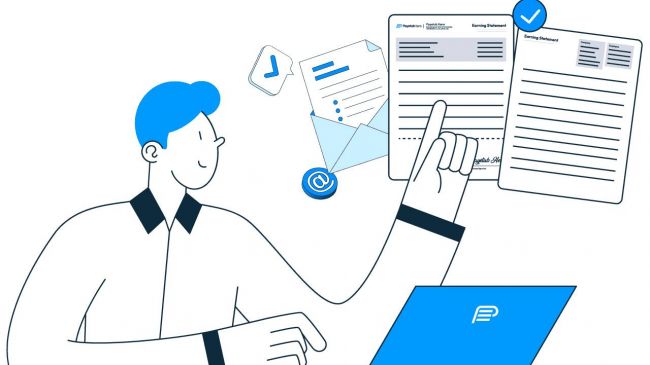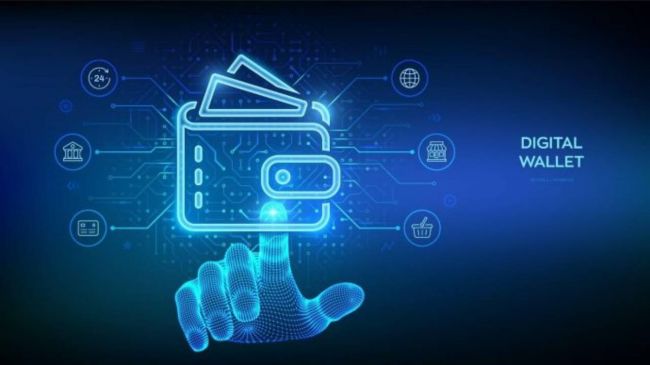On This Page
- Why MFA is no Longer Optional
- The Evolution of MFA Solutions in 2025
- Real-World Benefits We've Observed
- What to Look for in MFA Software
- Challenges You Might Face (and How to Overcome Them)
- The Business Case for MFA in 2025
- Is MFA a One-Stop Security Fix? No. But It's the Smartest First Step.
- Final Thoughts
We’ve heard this question more than once: “Do we really need multi-factor authentication? Our team only logs in from office desktops.”
It’s a reasonable question—and one that’s becoming more common among small and mid-sized businesses. The short answer? Yes, MFA is essential in 2025. But the reasoning goes beyond just protecting remote access.
In conversations with clients across industries—from fast-growing startups to regulated healthcare systems—we've seen a growing awareness that passwords alone are no longer trustworthy. That's where MFA software steps in. It reduces the chances of credential-based attacks by over 90%, and it doesn't require a full overhaul of your existing systems. These are just smart choices.
Here's why forward-thinking businesses prioritize MFA solutions in 2025 and how you can.
Why MFA is no Longer Optional

We used to think of MFA as an "enterprise-only" feature. Not anymore.
Even small business owners often say, "We're not a target. Who'd come after us?" Unfortunately, the numbers tell a different story. According to a recent Verizon report, over 80% of breaches still involve stolen or weak credentials.
That's the core problem MFA is built to solve. A strong multi-factor authentication solution ensures that even if your credentials are compromised, attackers can't log in without a second verification layer—like a biometric, a push notification, or a hardware token.
We've seen teams switch from a basic username-password combo to robust MFA software and watch their incident reports drop overnight. It's not magic—it's just better design.
The Evolution of MFA Solutions in 2025
Let's be honest—MFA used to be clunky. We remember the days when logging in required clumsy OTPs from a hardware token or SMS-based codes that didn't always arrive on time.
Today, multi-factor authentication solutions have come a long way.
We now have:
- Passkey-based authentication that works across devices
- Biometrics like fingerprint and face scans
- Push-based verification through mobile apps
- Adaptive MFA that analyzes context (location, device, time) before prompting users
One client told us their users found it faster to log in with face recognition than a password. That's a win in both security and UX.
Real-World Benefits We've Observed
Here's where theory meets reality.
When we helped a mid-sized finance firm implement multi-factor authentication software across 300+ employees, their phishing vulnerability rate dropped by 94% within three months. The IT lead told us that before MFA, their staff often reused passwords across systems—one breach could've exposed everything.
In another case, a healthcare provider we worked with moved to MFA solutions integrated with their EHR and identity management platform. This not only strengthened compliance with HIPAA regulations but also improved login speed at shared workstations using biometric and smart card MFA.
The takeaway? MFA isn't just about security. It's about trust, speed, compliance—and peace of mind.
What to Look for in MFA Software
If you're considering investing in multi-factor authentication software, don't just pick the flashiest option. We've learned that the best MFA software for one company might be overkill—or underkill—for another.
Here are five things we advise teams to consider:
1. User Experience:
If it's too complex, users will find ways around it. Look for intuitive interfaces, quick authentication flows, and support for mobile devices.
2. Integration Capabilities:
Can the solution be integrated with your SSO, directory services, and legacy apps? A good multi-factor authentication solution should work across cloud and on-prem systems.
3. Phishing Resistance:
Prioritize FIDO2-based solutions and passwordless authentication. SMS OTPs just aren't enough anymore.
4. Policy Customization:
You should be able to set different policies for different roles, locations, or devices.
5. Scalability & Cost:
Choose MFA solutions that grow with you. Some vendors charge by active users, and others charge by total accounts. Read the fine print.
We recommend starting with a pilot across a department or two. That way, you can collect user feedback and iron out issues before a full rollout.
Challenges You Might Face (and How to Overcome Them)
Every project has bumps. In helping teams deploy MFA, we've seen some common friction points.
- User Pushback
People don't like change, especially when it adds steps. We suggest explaining the why, not just the how. One CIO ran a short session on "What happens when your password gets hacked", and support requests dropped.
- Legacy Systems Compatibility
Some older apps don't support modern authentication. You might need a secure MFA bridge or RADIUS integration.
- Device Dependency
If your team uses personal devices, mobile push might be tricky. In such cases, fallback options like OTP apps or hardware keys help.
Good planning, open communication, and staged rollouts go a long way toward managing adoption. By involving their IT champions early, we've seen companies get near-complete buy-in.
The Business Case for MFA in 2025
Let's talk numbers.
According to IBM, the average cost of a data breach in 2024 was $4.45 million. Compare that to the average cost of implementing MFA solutions, which is usually a fraction of that.
More importantly, MFA is increasingly becoming a requirement:
- Cyber insurance providers now mandate MFA for policy eligibility.
- Compliance frameworks like GDPR, HIPAA, and PCI-DSS recommend or require it.
- Partners and customers expect strong authentication protocols before sharing access or data.
We often tell clients that you don't just implement MFA to avoid risk—you do it to unlock new business opportunities.
In fact, building stronger authentication workflows often becomes the first step toward a broader culture of digital trust and customer confidence. If you're interested in how smarter security practices improve customer relationships and long-term loyalty, this breakdown on building customer trust through smarter business security practices is a must-read.
Is MFA a One-Stop Security Fix? No. But It's the Smartest First Step.
Of course, multi-factor authentication isn't a silver bullet. You still need endpoint protection, network monitoring, zero trust policies, and ongoing security training.
However, as we look across the security landscape of 2025, MFA remains the most effective, accessible, and scalable security upgrade any business can make.
If you haven't yet, this is the year to move. And if you've already implemented an MFA solution, revisit it and see how you can optimize, modernize, or extend its reach.
As one of our longtime clients said during a recent review: "We sleep better at night knowing that even if a password leaks, our front door has more than just one lock."
Final Thoughts
MFA has moved beyond being a checkbox—it's now a core pillar of any serious cybersecurity posture. The rise of phishing attacks, remote work, and mobile-first workflows only underscores the need for smarter access control.
So whether you're a small business owner, a security architect, or a growing startup leader, make 2025 the year you get serious about MFA.
Because in a world of escalating threats, multi-factor authentication is no longer a luxury—it's your smartest security investment.
Post Comment
Be the first to post comment!





